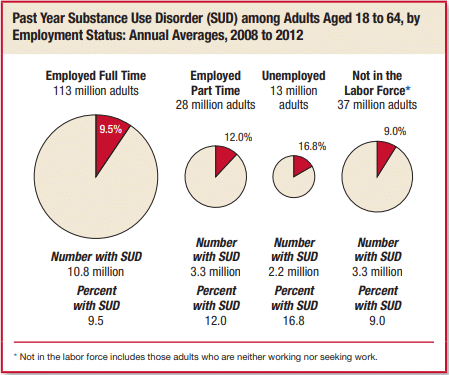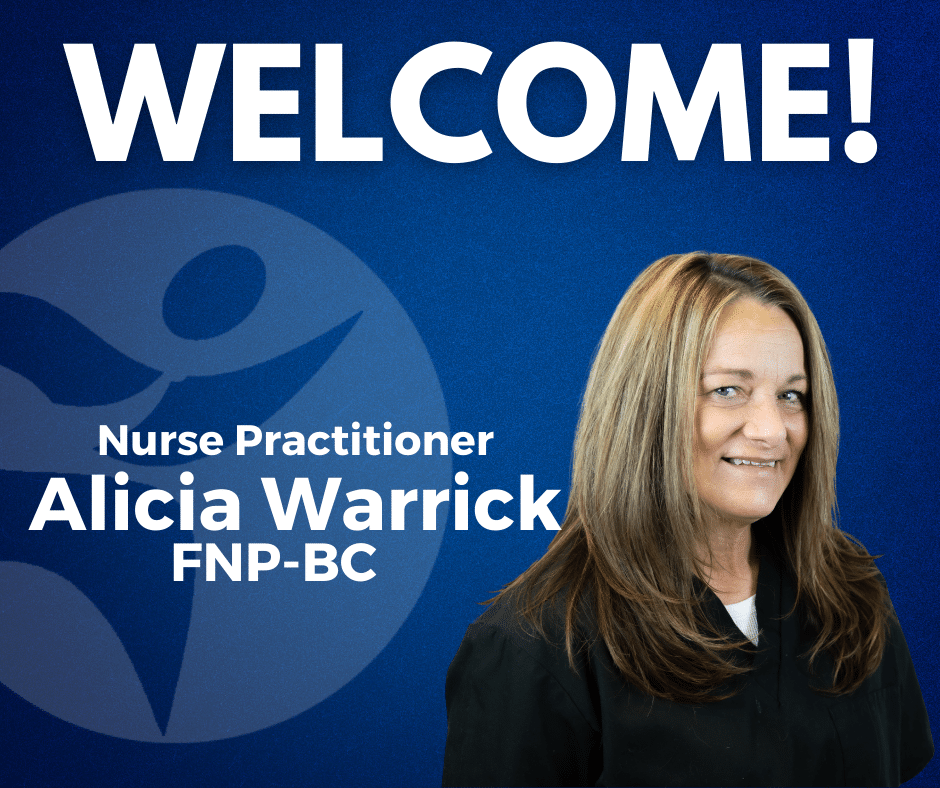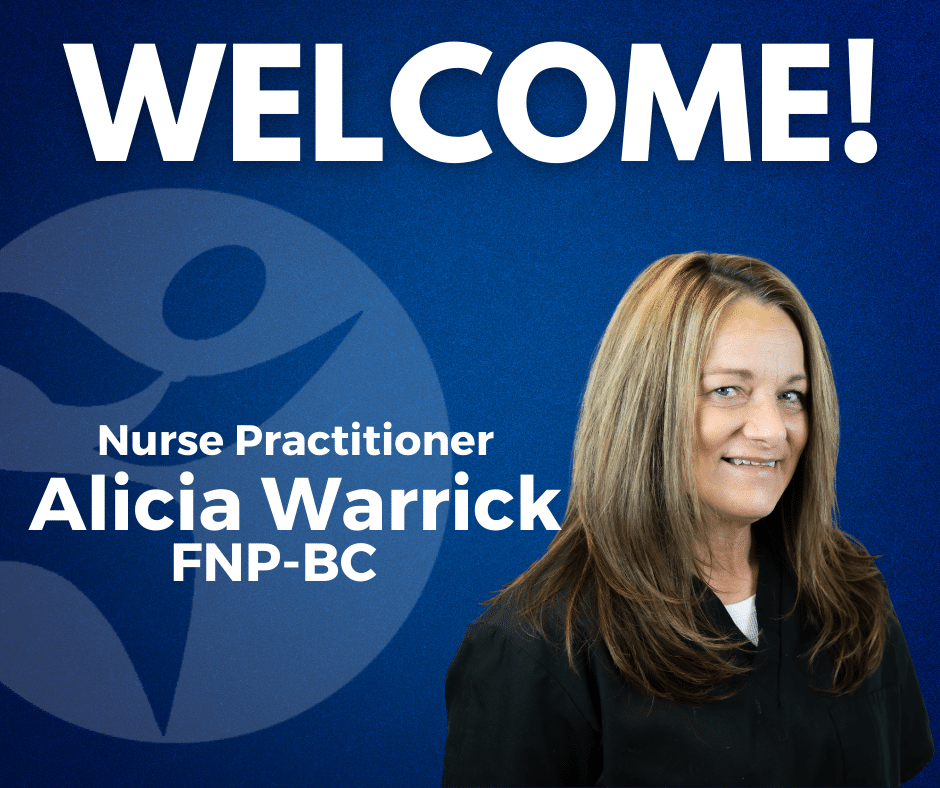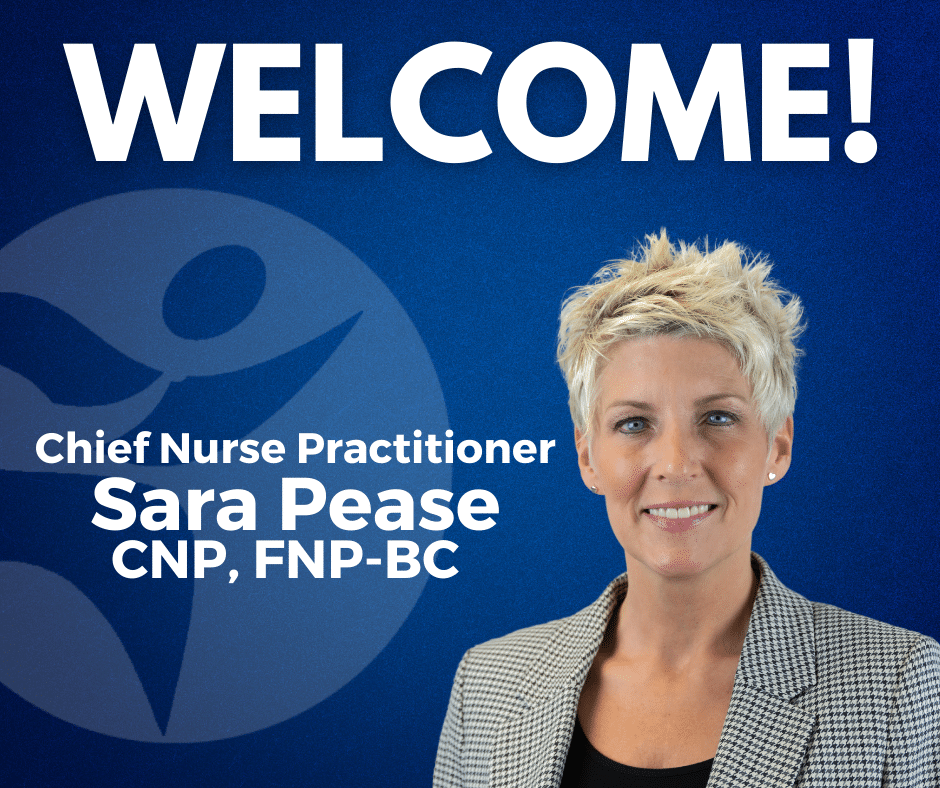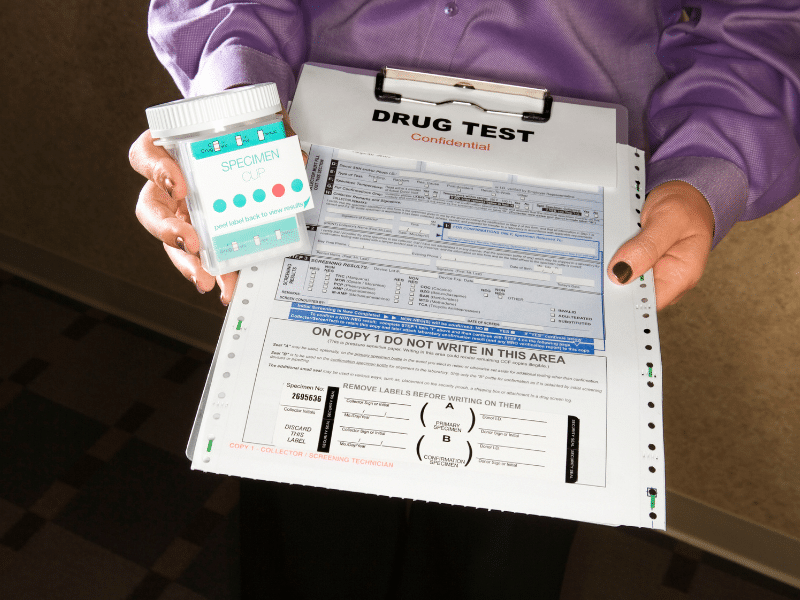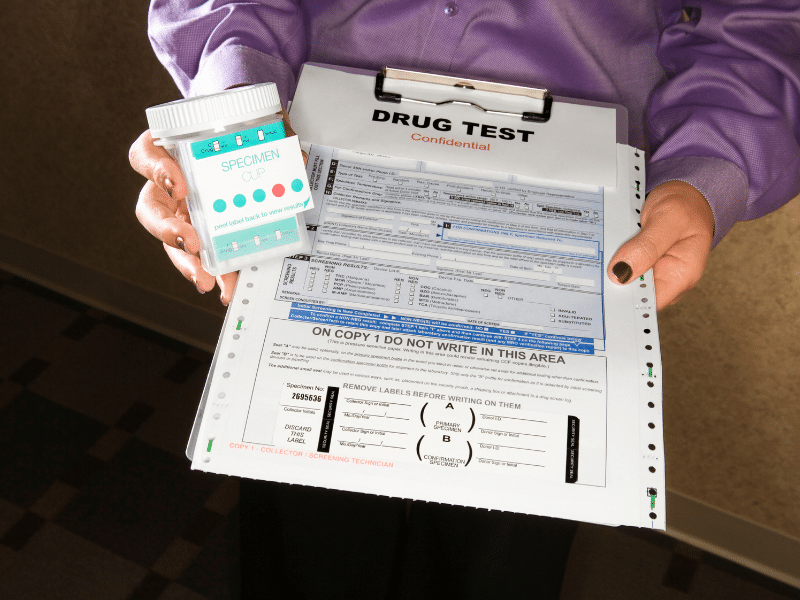5 Scary Ways Working in an Office Affects Your Mental and Physical Health
Is my office job affecting my mental and physical health?

Did you know over 860,000 people work in offices across the United States?
The common office job is typically 9 a.m. to 5 p.m. Monday through Friday. Eight hours a day, five days a week may not sound like much, but it certainly takes a toll on the body long-term. Both your mental health and physical health are affected by your office job, whether you realize it or not. Keep reading to learn more about three ways sitting in an office chair all day affects your body and physical health long-term.
Neck and shoulder pain
We’re all guilty of hunching over to stare intently at our computers or to type that lengthy email, but the side effects on your body can be quite harsh and lead to chronic neck and shoulder pain. In fact, the average weight of a human head is about 12 pounds. So when you’re hunched over or tilting your head different ways, imagine a bowling ball weighing down your muscles that are meant to support your head. Pain in the shoulders and neck from staring at digital devices is referred to as “tech neck,” and it certainly doesn’t help that we’re usually looking down at our smart phones throughout the day. The muscles in our necks are working overtime to make sure our head stays up. Sitting in an office chair for several hours a day can be damaging to your neck muscles if you are not sitting properly. In fact, sitting at 90 degrees isn’t great for your neck either. Try these tips below to relax your neck and shoulders and avoid chronic pain:
- Use an office chair that allows you the flexibility to lean back or that has a head rest for you to relax your neck
- Stop and do neck stretches every hour to loosen up the constricted muscles
- Be cautious of how long you’ve been staring down at something and fix your posture when needed
Depression and social anxiety
According to a workplace design and mental health report by Jennifer Veitch, Ph.D., “People who are employed full-time outside the home spend approximately 33 percent of their waking hours at their workplace.” Being in a small, enclosed space can increase the chances of someone developing depression or social anxiety, or worsening symptoms of someone already suffering with their mental health. Experts say that being in natural environments like parks or lakes are good for mental health while dim, artificial work spaces are not good for someone’s mental health.
Office jobs can also be isolating as face-to-face communication may be limited. Instead, coworkers communicate through direct messaging or email for instant gratification, thus leading to withdrawal from social situations and limiting one’s ability to connect with others. Ways to reduce social anxiety or depression in the workplace include:
- Placing plants in your office space – if you do not get enough sunlight in your office, fake plants can also work to boost your mood
- Get up and walk during your lunch breaks to get some fresh air
- Ask your coworker questions face-to-face rather than emailing them
- Decorate your office to make it feel like a comfortable, safe space that is your own
Computer Vision Syndrome (Eyestrain)

Staring at a computer several hours a day can be detrimental to your vision. The blue light and high visual demands from digital devices causes the eyes to develop computer vision syndrome (CVS). CVS symptoms can include dry eyes, neck and shoulder problems, eyestrain and headaches. Maintaining an office job most likely requires you to stare at computers for at least half of your work day, and in most cases, about seven hours a day. Experts say to follow the 20-20-20 rule: take 20 seconds to stare at something 20 feet away every 20 minutes. Other ways to reduce the likelihood of CVS include:
- Purchasing blue light blocking glasses or replace current lenses with blue light blocking ability
- Make sure your computer is at eye-level and not a lower level where you are bending your neck or hunched over
- Blink! Blinking frequently prevents the eyes from drying out as quickly
Back pain
Not only is back pain a literal pain to deal with, but it can also lead to poor posture. There are many ways to position yourself to get work done in the office. Some people slouch, some may sit up-right and some may even choose to stand at their desk. Not everyone requires the same position, though. For example, office workers should adjust their chairs according to elbow, thigh and calf measurements and resting eye level. Lower back support is also a common way to measure the quality of office chair you are in. It is important to choose a chair with lumbar support. The lumbar spine uses the soft tissues in the back to help hold the body upright and support weight from the upper body. Just like all other muscles, if there is too much stress on the lumbar spine, it will become inflamed and become severely painful. To help aid in back pain, you can:
- Purchase an office chair or cushion made to support the back
- Pay close attention to your posture throughout the day and adjust accordingly
- Stand up and stretch your back by performing these stretches
Metabolic Syndrome

Mayo Clinic describes metabolic syndrome as “a cluster of conditions that occur together, increasing your risk of heart disease, stroke and type 2 diabetes.” Conditions of metabolic syndrome can include high blood pressure, excess body fat around the waist and abnormal cholesterol or triglyceride levels. People working in sedentary office jobs tend to have a slower metabolism, thus leading to weight gain or increased risk of disease. Generally, metabolic syndrome is caused by inactivity or obesity. To avoid metabolic syndrome or weight gain, it’s important to get up and moving as much as you can throughout your workday. You can try:
- Parking further away from your entrance for a longer walk into work
- Taking a 10-15 minute walk during your lunch break
- Getting up and stretching every 30 minutes you are sitting
- Making sure you are engaging in exercise a few days a week or on weekends
On Demand Occupational Medicine has an in-house immediate and primary care for all of your health needs. Be sure to call to schedule an appointment with one of our medical providers, or simply walk in.



